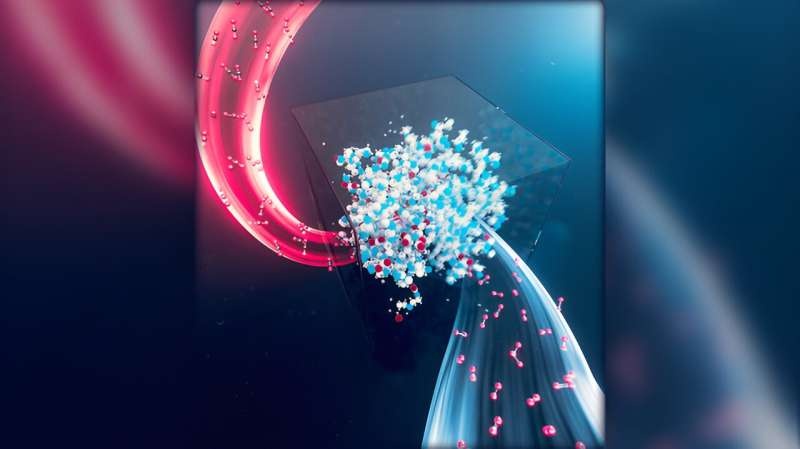Researchers at Lawrence Livermore National Laboratory and Georgia Tech have made a significant breakthrough in understanding the complex interactions between carbon dioxide (CO2) and amine-based sorbents, a crucial component in direct air capture (DAC) carbon-capture technologies. This new research offers valuable insights that could enhance the efficiency and longevity of DAC systems, paving the way for more effective and cost-efficient carbon-capture solutions.

Solving the Mystery of Sorbent Decay
Amine sorbents, in which amines are used to capture CO2, the best candidate for DAC technology until now as they have been considered highly efficient at trapping CO2 even when it is diluted almost 400 times over. Most of these materials though have suffered from poor long-term stability at least in part because of oxidative degradation.
Simon Pang and Sichi Li led the research into determining the unknown role of CO2 in both flame retardant thermal stabilization and their blends; they set out to investigate during their oxidative degradation. The analysis consolidates the literature, showing that there is a clear non-monotonic relationship between CO2 and oxidation kinetics of poly(ethylenimine) sorbents that significantly depends on temperature and CO2 concentration.
CO2 in oxidation “Our research reveals the double-edged effect of CO2 in the oxidation process,” said Sichi Li, lead author of the paper and project co-investigator. For example, it serves as an essential catalyst for oxidation reactions [24], but also reduces the mobility of branches on polymers, thereby slowing down radical propagation. These contrasting effects are crucial for interpreting the intricate degradation profiles we observed.
For More Durable Carbon Capture Solutions
The findings from the study go beyond harmonizing previous literature and also have important practical implications for the utilization of DAC technology in the future. The research highlights the mobility of polymer side chains and the existence of acidic environments as key factors that expedite oxidation, indicating ways to improve sorbent lifetime.
Functional groups, additives, or oxide supports promoted with a surface chemistry that slow down polymer mobility by amide crosslinking or render the acid conditions less active to oxidation may work as potential solutions towards lowering the rate of an oxidative degradation [25]. These findings can help to design next-generation sorbents that are much more stable and less prone to degradation, providing us with options for carbon-capture technologies that could be both energy-efficient and cost-effective.
Simon Pang, the corresponding author of the study and project lead said: “Our work shows that any application of DAC processes and materials will have to consider all atmospheric components. These will be important for subsequently catalysing the development of more durable carbon-capture technologies.(segment)
Conclusion
The team from Lawrence Livermore National Laboratory and Georgia Tech have carried out revolutionary research providing insights into the intricate balance between carbon dioxide and amine-based sorbents — an important element of the new direct air capture technology. Through this resolution of the dual nature of CO2 in the oxidative processes of degradation, it might be possible to find better carbon-capture solutions, which are both more sustainable and wear-resistant that can help in bringing the CO2 emission into limits so as to mitigate climate change on a global scale.
